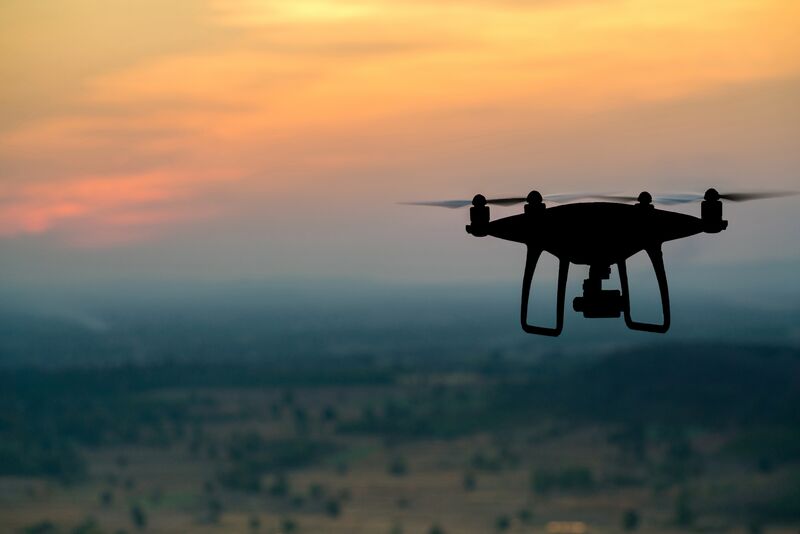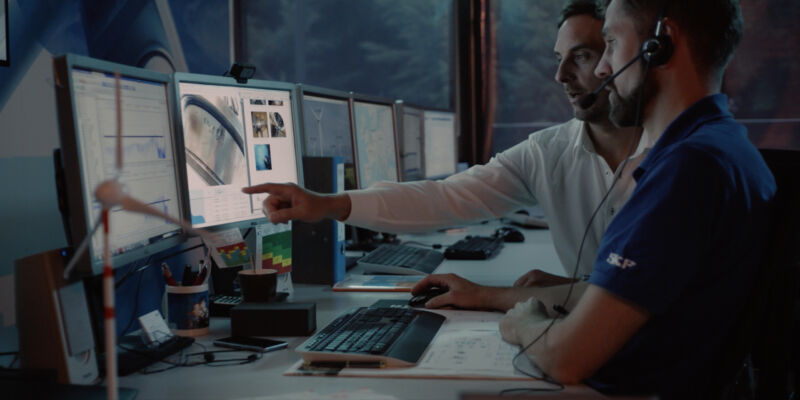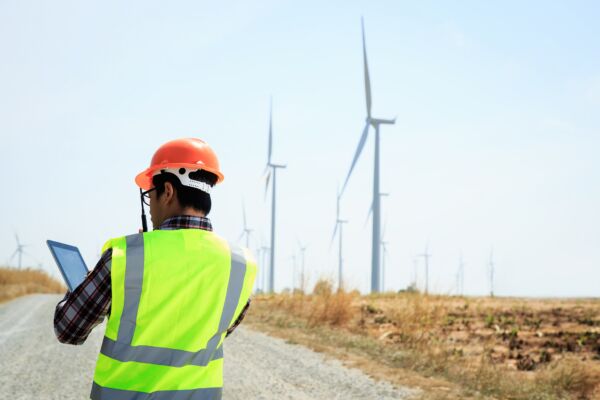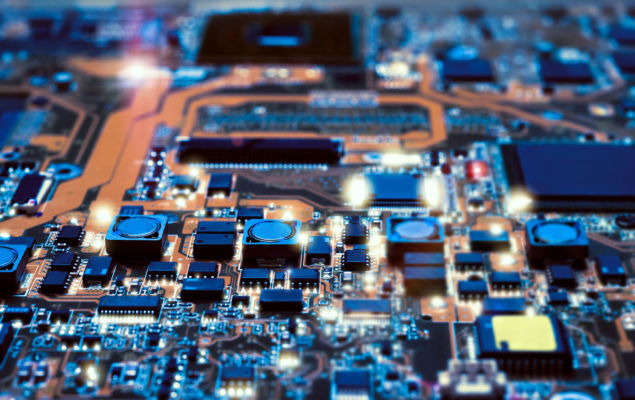The world’s tallest wind turbine has a hub height of 178 meters, while the average wind turbine stands at around 150 meters. It is therefore expensive and time-consuming to maintain and repair the wind turbines and their rotor blades. This is usually carried out with expensive industrial climbing cranes or by expert climbers who search for cracks, fractures, spalling, or other damage at dizzying heights.
Let’s use Germany as an example of the sheer scale of wind turbine maintenance. The country alone has more than 30,000 wind turbines and their rotor blades are extensively serviced every two or four years. That’s a lot of work for technicians. Trained climbers are rare, however, especially as training takes a long time and they have to be physically fit as well as technically competent. On top of that, it takes around one full work day to carry out the inspection. In short, maintenance is very time-consuming and expensive. Offshore – even more so.
A cheaper, more efficient solution?
To combat the above-mentioned obstacles, some wind turbine operators are using drones to inspect rotor blades. While drones cannot yet completely replace technicians, they can provide wind farm operators with valuable information and can be used for inspections outside legally required intervals without much effort. This increases safety and alleviates risk of failure of the wind turbines.
Instead of a day, drones need only a few hours to carry out an inspection. They have high-resolution cameras and use them to scan the shaft surface. With thermal imaging functions, they can even provide information about deeper layers in the material. Another advantage is that the images can be compared with those from previous years, so changes in small cracks can be precisely documented and observed.
No drone revolution – yet
That said, drones can do much more than just take pictures: There are models that can carry weights of up to 200 kilograms and can be connected to a water hose. With the attachment, they clean and remove ice from rotor blades, thus contributing to longer operative time and reducing downtime to a minimum.
But drones are still rarely used. In some countries, regulatory statutes hold them back. The approval process for drone flight is often complicated and there is also a skills gap of people to analyze the images.
In the long term, software with suitable algorithms and artificial intelligence will provide important services here and help the drone achieve an industry breakthrough. However, the inspecto-drones will probably not replace real technicians any time soon.
Operation and maintenance in terms of condition monitoring, and predictive maintenance systems, such as those offered by SKF, are already a good compromise for cooperation between humans and technology. They monitor the operation of the wind turbine and sound the alarm as soon as a failure or repair is foreseeable. In this way, they take over the monitoring task that drones perform externally from an internal standpoint, reducing resources associated with downtime. It remains to be seen to what extent drones can be effectively involved in this process – but it seems to be the way of the future.



